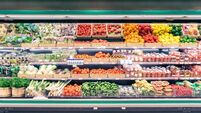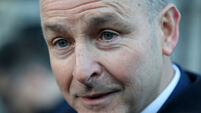Oliver Moore: Demand for organic produce is growing at remarkable rate

The latest figures from Ireland, the EU and beyond are certainly positive. The Irish organic market has recorded its second successive year of growth.
According to Kantar’s figures year on year growth was 3.1% up to the end on March 2015. The market is now valued at just over €104m, up from €101m in 2014, and similar to the market in 2007/2008.










